Concord grapes, renowned for their rich flavor and intense hue, have long been a staple in kitchens and vineyards alike. But have you ever wondered where these delectable grapes originate from? Delve into the history of Concord grapes, their origins, and the journey that led them into our homes. From their humble beginnings in the mid-19th century in Concord, Massachusetts, to their widespread cultivation across North America, this article peels back the layers of mystery to reveal the intriguing tale of Concord grapes. Join us as we explore their fascinating origins and the legacy they have left behind.
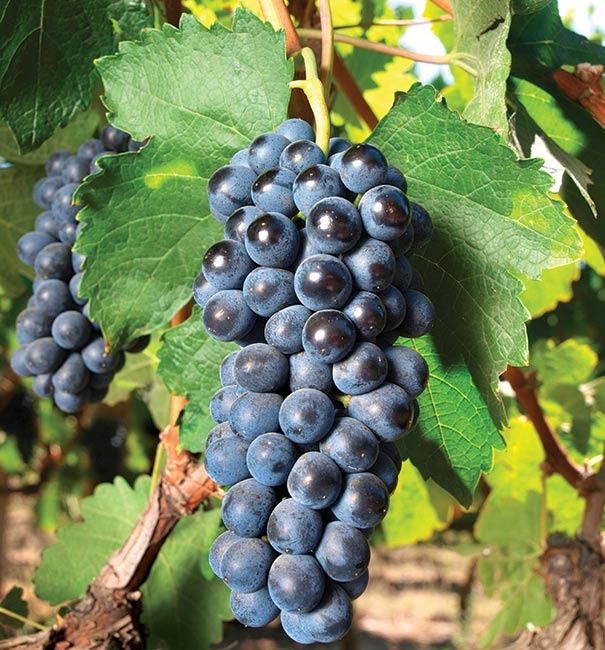
History of Concord Grapes
Concord grapes have a rich and fascinating history that dates back to the 19th century. The story begins with the discovery of these unique grapes and their subsequent spread across various regions. Let’s delve into the captivating journey of the Concord grapes and explore their origins, cultivation, health benefits, culinary uses, winemaking potential, challenges in cultivation, and their popularity in different parts of the world.
Discovery of Concord Grapes
The discovery of Concord grapes can be credited to Ephraim Wales Bull, a horticulturist from Massachusetts, United States. In the mid-19th century, Bull set out on a quest to develop a grape variety that would thrive in the harsh New England climate and produce superior quality fruits. After years of meticulous crossbreeding, he successfully cultivated a grape with unique characteristics and named it Concord, after the town he resided in.
Origins of Concord Grapes
The origins of Concord grapes can be traced back to the indigenous species of North American grapes known as Vitis labrusca. This species, native to the northeastern United States and southeastern Canada, includes various other grape varieties alongside the Concord grape. The Vitis labrusca species was highly valued by Native American tribes, who used the grapes for both culinary and medicinal purposes.
Spread of Concord Grapes
The popularity of Concord grapes in the United States grew rapidly, thanks to their distinct flavor and adaptability to different climates. Commercial cultivation of Concord grapes began in the mid-19th century and expanded significantly in the following decades. The robust nature of Concord grapes allowed them to be cultivated in various regions across the country, from New England to California. Concord grapes soon made their mark in Europe and other parts of the world as well, becoming a beloved fruit globally.
Cultivation of Concord Grapes
Growing Concord grapes requires understanding their preferred conditions and employing proper propagation methods. Let’s explore the ideal growing conditions, propagation methods, and the process of harvesting Concord grapes.
Ideal Growing Conditions
Concord grapes thrive in temperate climates, preferring regions with long, sunny days and cool nights. They require a minimum of 130 frost-free days for optimal growth and development. The ideal temperature range for Concord grapes is between 60°F and 70°F (15°C and 21°C) during the growing season. Well-drained soil with a pH of 5.5 to 7 is crucial for their cultivation. It is important to note that while Concord grapes are adaptable, they are susceptible to certain climate conditions, which will be discussed later in more detail.
Propagation Methods
Concord grapes can be propagated either through seeds or cuttings. However, due to variations in seedlings and longer time to maturity, cuttings are the preferred method for commercial cultivation. Concord grapes are typically propagated through hardwood cuttings taken during the dormant season. These cuttings are then rooted using various techniques such as layering or grafting onto a rootstock. Once rooted, they can be transplanted to the desired location for further growth.
Harvesting Concord Grapes
Concord grapes are typically harvested in late summer or early fall when they reach their peak ripeness. The grapes should have a deep purple color and a characteristic bloom or as it is commonly called, the “frost.” This frost is a natural wax-like coating that helps protect the grapes from damage and maintain their quality. Harvesting is done either by hand or by using specialized machinery, depending on the scale of cultivation. It is important to handle the grapes gently during harvesting to prevent bruising and damage.
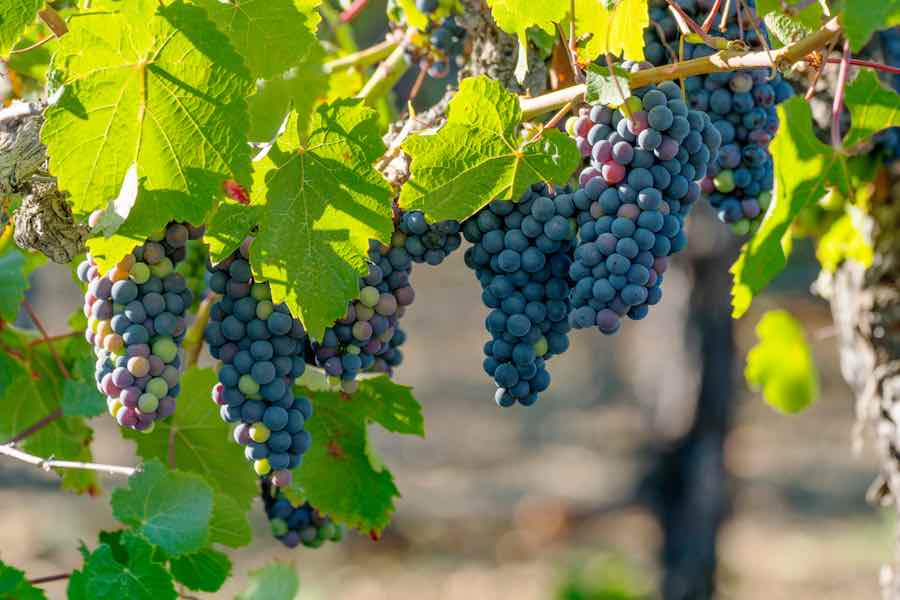
Popular Varieties of Concord Grapes
While Concord grapes remain the most recognizable variety, there are a few popular cultivars that share similar characteristics and flavors. Let’s explore some of the notable varieties of Concord grapes.
Concord Grape ‘Niagara’
Concord Grape ‘Niagara’ is a seedless variety that has gained popularity for its large, juicy, and flavorful grapes. The grapes have a vibrant purple color and a sweet-tart taste that is reminiscent of the original Concord grapes. ‘Niagara’ grapes are often consumed fresh or used for making grape juice and jelly.
Concord Grape ‘Catawba’
Concord Grape ‘Catawba’ is another notable variety that offers a unique flavor profile. These grapes have a tangier taste compared to the traditional Concord grapes, with a pleasant sweetness. ‘Catawba’ grapes are commonly used in winemaking, particularly for producing sparkling wines and rosés.
Concord Grape ‘Isabella’
Concord Grape ‘Isabella’ is a dark-skinned variety known for its intense flavor and aroma. The grapes have a musky sweetness and are often used for winemaking and producing jams and jellies. Isabella’ grapes thrive in warmer climates, making them a popular choice in regions where Concord grapes may struggle to grow.
Health Benefits of Concord Grapes
In addition to their delicious taste, Concord grapes offer numerous health benefits. Let’s take a closer look at how consuming Concord grapes can improve your well-being.
Rich in Antioxidants
Concord grapes are a rich source of antioxidants, particularly polyphenols. These powerful compounds help protect cells from damage caused by harmful free radicals in the body. Regular consumption of Concord grapes can contribute to overall health and may have a positive impact on reducing the risk of certain chronic diseases.
Promotes Heart Health
The antioxidants present in Concord grapes have been linked to heart health benefits. Studies suggest that the polyphenols in Concord grapes may help improve blood flow and reduce oxidative stress, ultimately benefiting cardiovascular health. The high levels of resveratrol, a natural compound found in grapes, may also have a protective effect on the heart.
Enhances Brain Function
The polyphenols in Concord grapes have been found to have potential cognitive benefits. Research suggests that these compounds may help improve memory and overall brain function. Concord grapes also contain high levels of anthocyanins, which have been linked to a reduced risk of age-related cognitive decline.
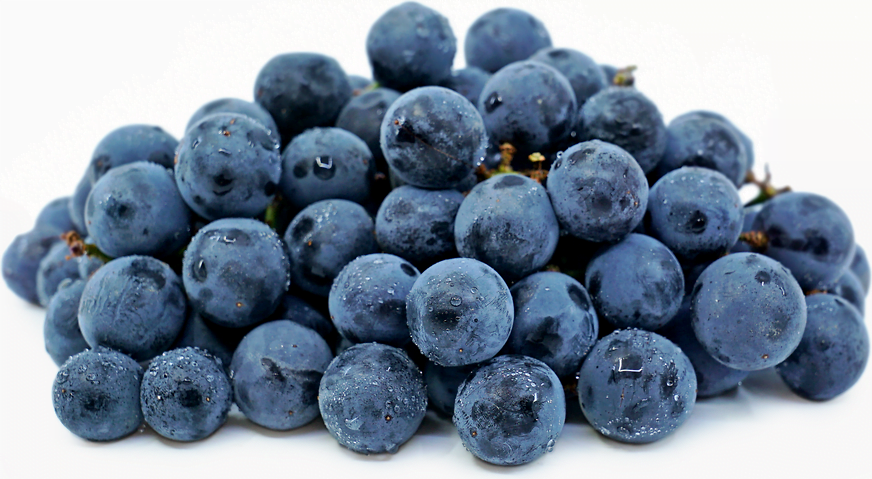
Culinary Uses of Concord Grapes
Concord grapes are not only delicious but also versatile in the kitchen. They can be enjoyed in various ways, from fresh consumption to being transformed into juices and jellies.
Fresh Consumption
Concord grapes can be enjoyed on their own as a healthy and refreshing snack. Their unique flavor profile, combining sweetness and tartness, makes them a delightful treat. Simply rinse the grapes, remove them from the stems, and savor the burst of flavors.
Concord Grape Juice
Concord grapes are widely used for making flavorful and nutritious grape juice. The grapes are pressed to extract their juice, which can be consumed as is or mixed with other juices for creative blends. Concord grape juice is loved for its rich color, intense flavor, and natural sweetness.
Concord Grape Jelly
Concord grape jelly is a beloved spread that captures the essence of these grapes. The dark purple jelly is made by cooking down the grapes with sugar and straining the mixture to remove the seeds and pulp. The resulting jelly is sweet, tangy, and pairs perfectly with toast or pastries.
Concord Grapes in Winemaking
Concord grapes have played a significant role in winemaking, offering an array of flavors and possibilities. Let’s explore how Concord grapes are used in winemaking and the different products derived from them.
Concord Grape Wines
Concord grapes are commonly used in making red wines. The grapes are crushed, and the juice is fermented to extract the flavors and develop the desired characteristics. The resulting wines are often medium-bodied with robust fruity flavors and a distinctive Concord grape taste. Concord grape wines are typically enjoyed soon after bottling to fully appreciate their fresh and vibrant flavors.
Concord Grape Juice Concentrate
Concord grape juice concentrate is a concentrated form of the juice extracted from the grapes. It is widely used as an ingredient in various food and beverage applications. The concentrate retains the rich color, flavor, and nutritional benefits of Concord grapes, allowing it to be used as a versatile ingredient in cooking and baking.
Concord Grape Vermouth
Concord grapes have also found their way into the world of vermouth production. Vermouth is a fortified wine infused with botanicals and herbs, and the addition of Concord grapes enhances its flavor profile. Concord grape vermouth offers a unique twist on traditional vermouth, with its distinct sweetness and grape notes.
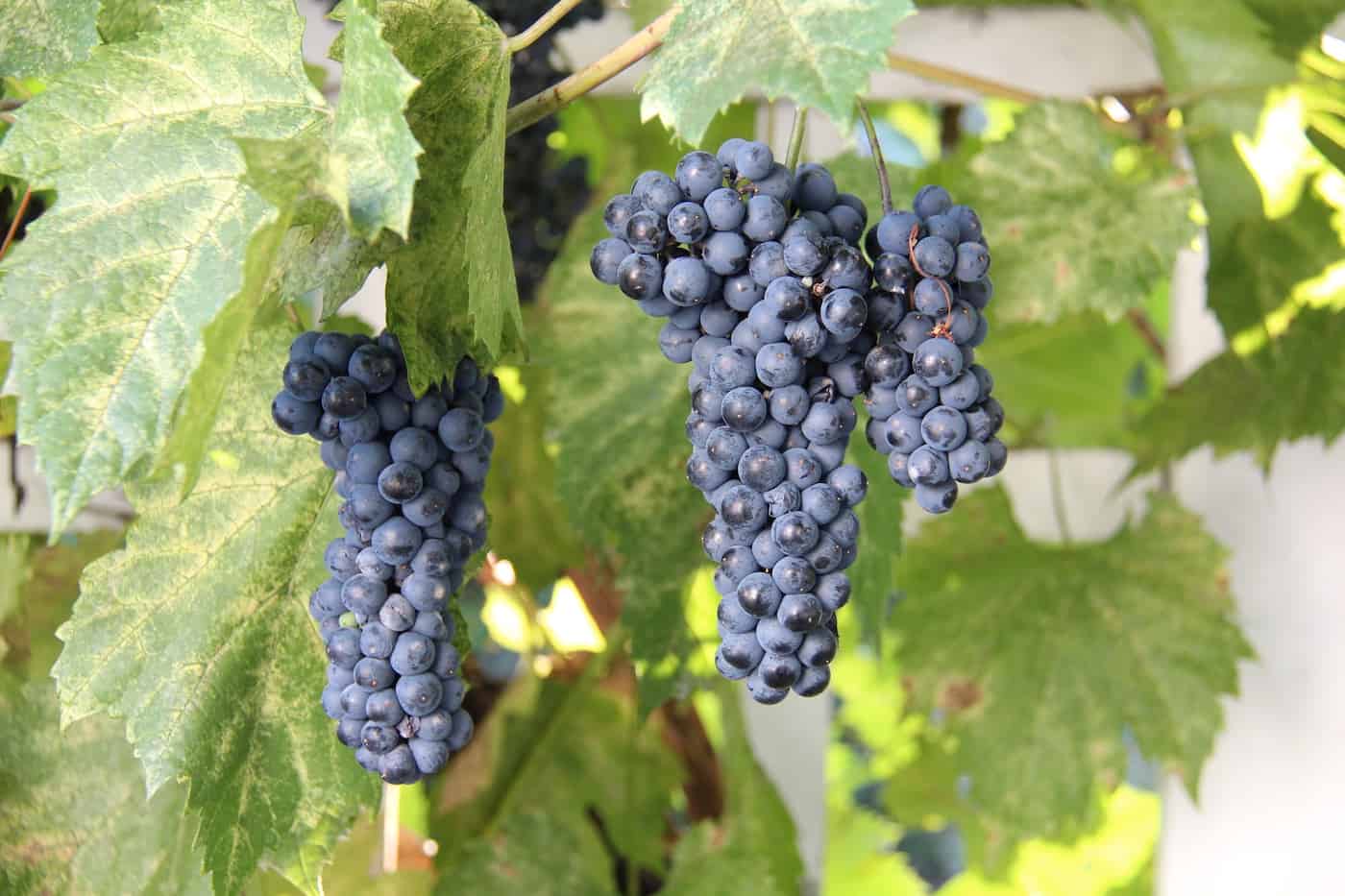
Famous Recipes Using Concord Grapes
The delectable flavor of Concord grapes has inspired numerous culinary creations. Here are a few famous recipes that showcase the versatility of these grapes.
Concord Grape Pie
Concord grape pie is a classic dessert that highlights the natural sweetness and tanginess of the grapes. The pie filling is made by cooking down the grapes with sugar and thickening agents, then poured into a flaky pie crust. The result is a luscious and delicious pie that perfectly captures the essence of Concord grapes.
Concord Grape Sorbet
Concord grape sorbet is a refreshing frozen treat that is both simple and elegant. The grapes are gently cooked with sugar to extract the juice, which is then churned in an ice cream maker to create a smooth and fruity sorbet. The vibrant purple color and intense grape flavor make this sorbet a delightful dessert.
Roasted Concord Grapes with Brie
A unique twist on a cheese plate, roasted Concord grapes with Brie meld together flavors that perfectly complement one another. The grapes are roasted until they become soft and caramelized, intensifying their sweetness. Paired with creamy Brie cheese, this dish creates a harmonious balance of flavors and textures.
Challenges in Cultivating Concord Grapes
While Concord grapes are known for their adaptability, they come with their own set of challenges in cultivation. Let’s explore some of the common challenges faced by grape growers when cultivating Concord grapes.
Pest and Disease Control
Like many other fruits, Concord grapes are susceptible to certain pests and diseases. Grape growers need to be vigilant in implementing proper pest control measures to protect their crops. Common pests that can cause damage to Concord grapes include aphids, grape moths, and Japanese beetles. Diseases such as black rot, powdery mildew, and downy mildew can also affect grapevines and require appropriate management techniques.
Vineyard Management
Maintaining a healthy and productive vineyard is essential for successful cultivation. Grape growers need to carefully manage their vineyards by pruning, trellising, and providing adequate nutrition to the vines. Proper irrigation and canopy management play vital roles in maintaining optimal grape growth and quality. Regular monitoring and timely intervention are necessary to prevent vine diseases and ensure robust grape production.
Climate Sensitivity
While Concord grapes are adaptable to a wide range of climates, they do have certain sensitivities. Extreme cold temperatures can damage the grapevines and reduce fruit production. Conversely, excessive heat can affect grape quality and flavor. Grape growers need to choose suitable varieties and employ appropriate techniques to protect their vines from adverse climatic conditions.
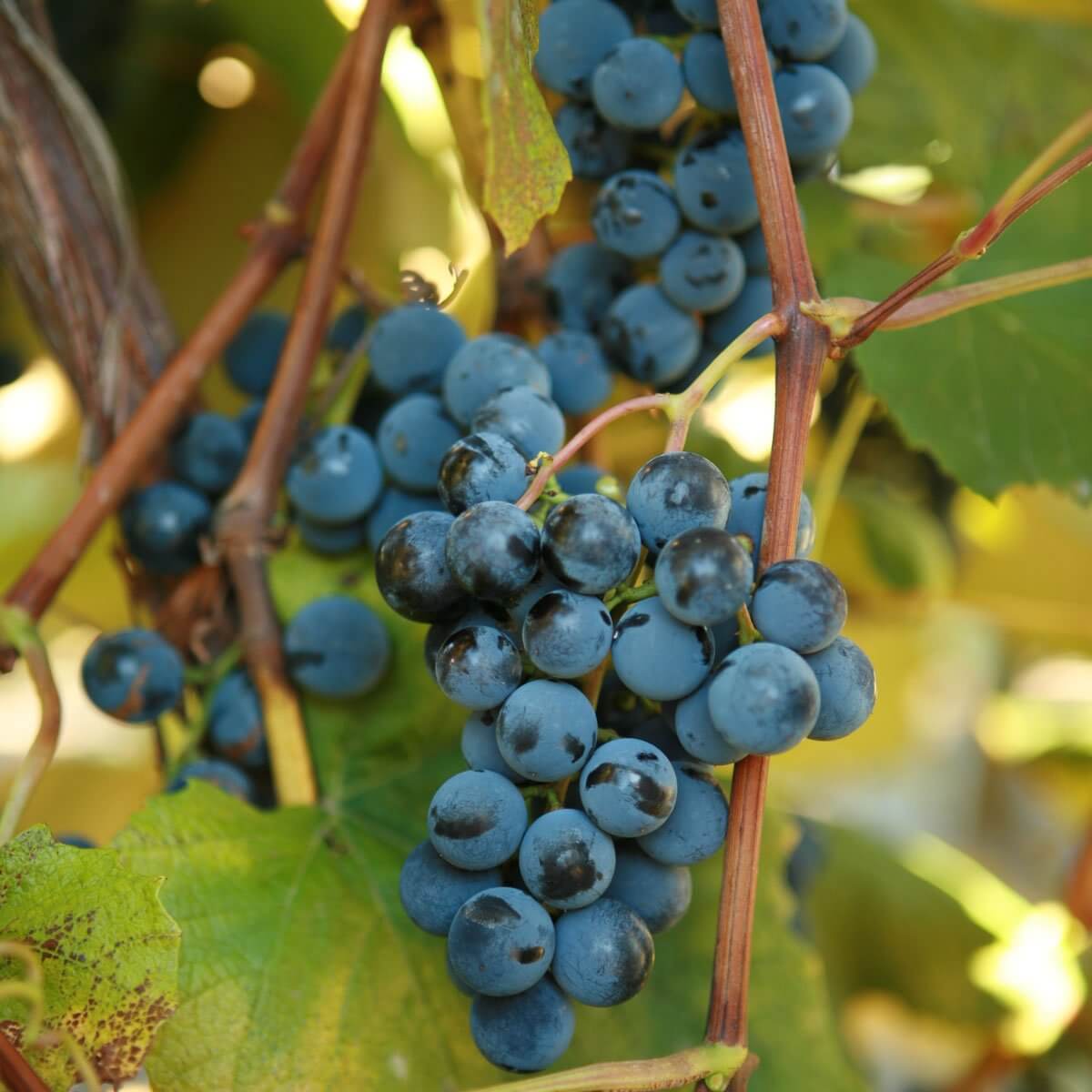
Concord Grapes Around the World
Concord grapes have gained popularity worldwide, and their cultivation extends beyond their North American origins. Let’s explore how Concord grapes are enjoyed and cultivated in different parts of the world.
Concord Grapes in the United States
Concord grapes have a special place in American culture, with the United States being their birthplace. They remain a beloved fruit enjoyed both fresh and processed throughout the country. The United States is one of the largest producers of Concord grapes, with extensive cultivation in states like New York, Michigan, Ohio, and Pennsylvania.
Concord Grapes in Europe
Concord grapes have made their mark in European countries as well. The grapes have been successfully cultivated in regions with suitable climates, such as France, Spain, and Italy. Concord grape wines and grape juice concentrate from these European vineyards have gained recognition for their unique flavors and exceptional quality.
Concord Grapes in Australia
Australia, with its diverse agricultural landscape, is another region that has embraced the cultivation of Concord grapes. The country’s warm climate and ample sunshine provide favorable conditions for growing these grapes. Concord grapes from Australia have gained popularity locally and are used in winemaking, juice production, and various culinary applications.
Conclusion
The journey of Concord grapes from their discovery in Massachusetts to their widespread popularity around the world is truly remarkable. These grapes not only offer a delicious flavor but also provide numerous health benefits. Whether consumed fresh, turned into juice or jelly, used in winemaking, or incorporated into various recipes, Concord grapes continue to captivate taste buds and inspire culinary creativity. Their rich history, adaptability, and unique flavors ensure that Concord grapes will remain a beloved fruit for years to come.



